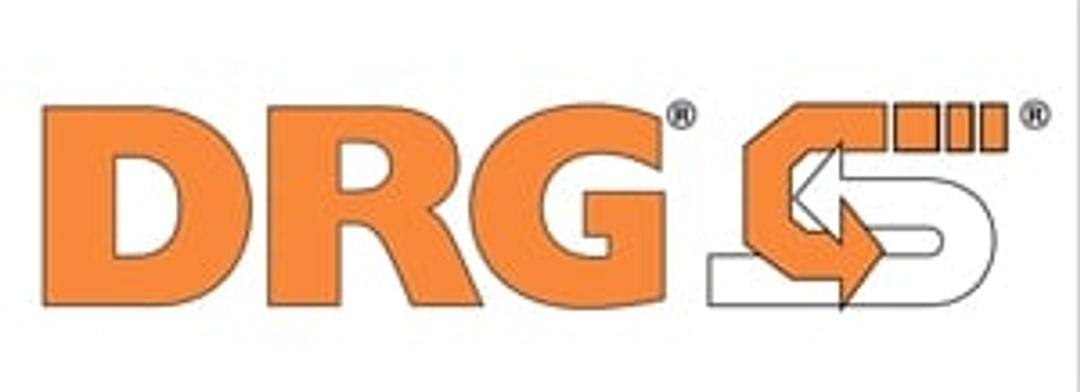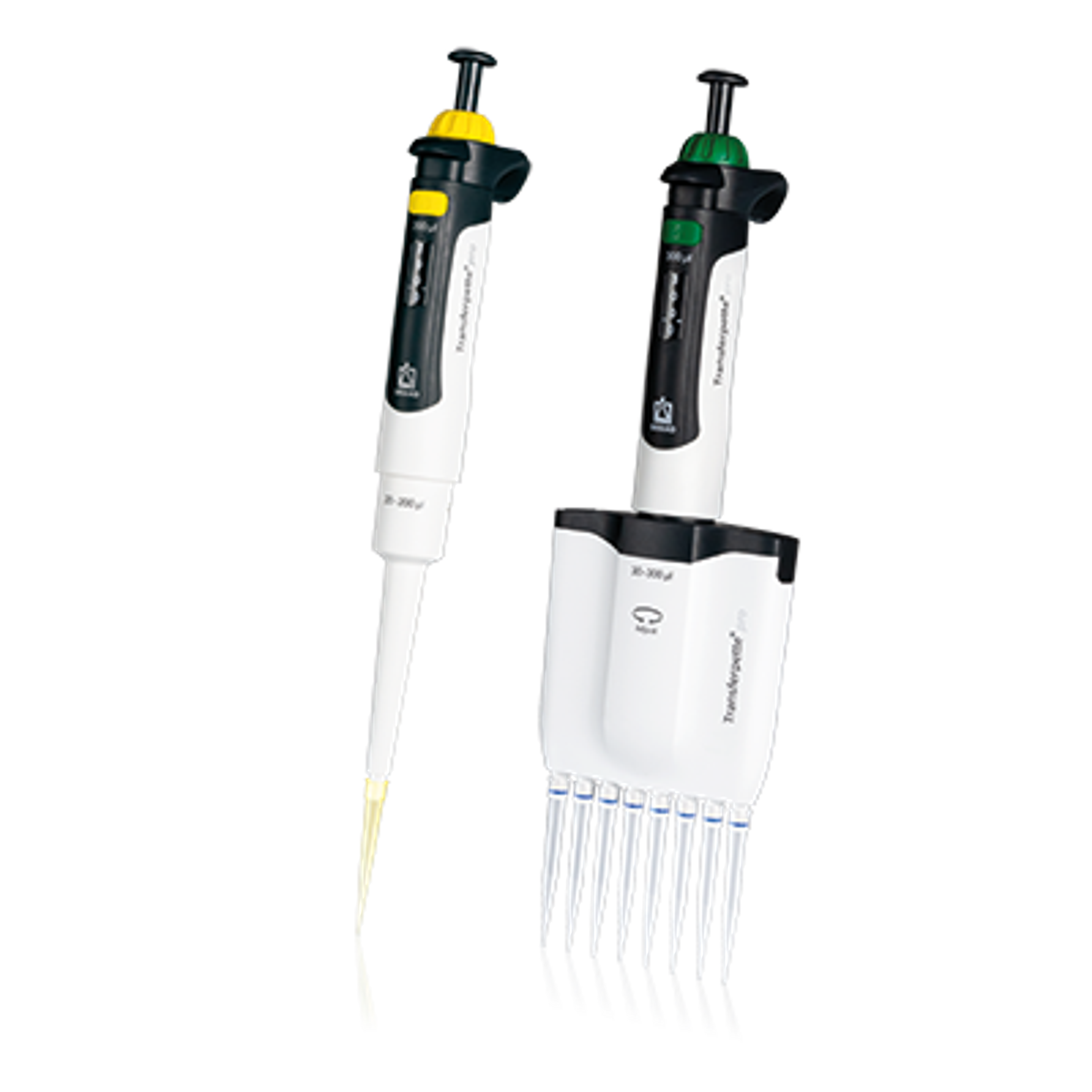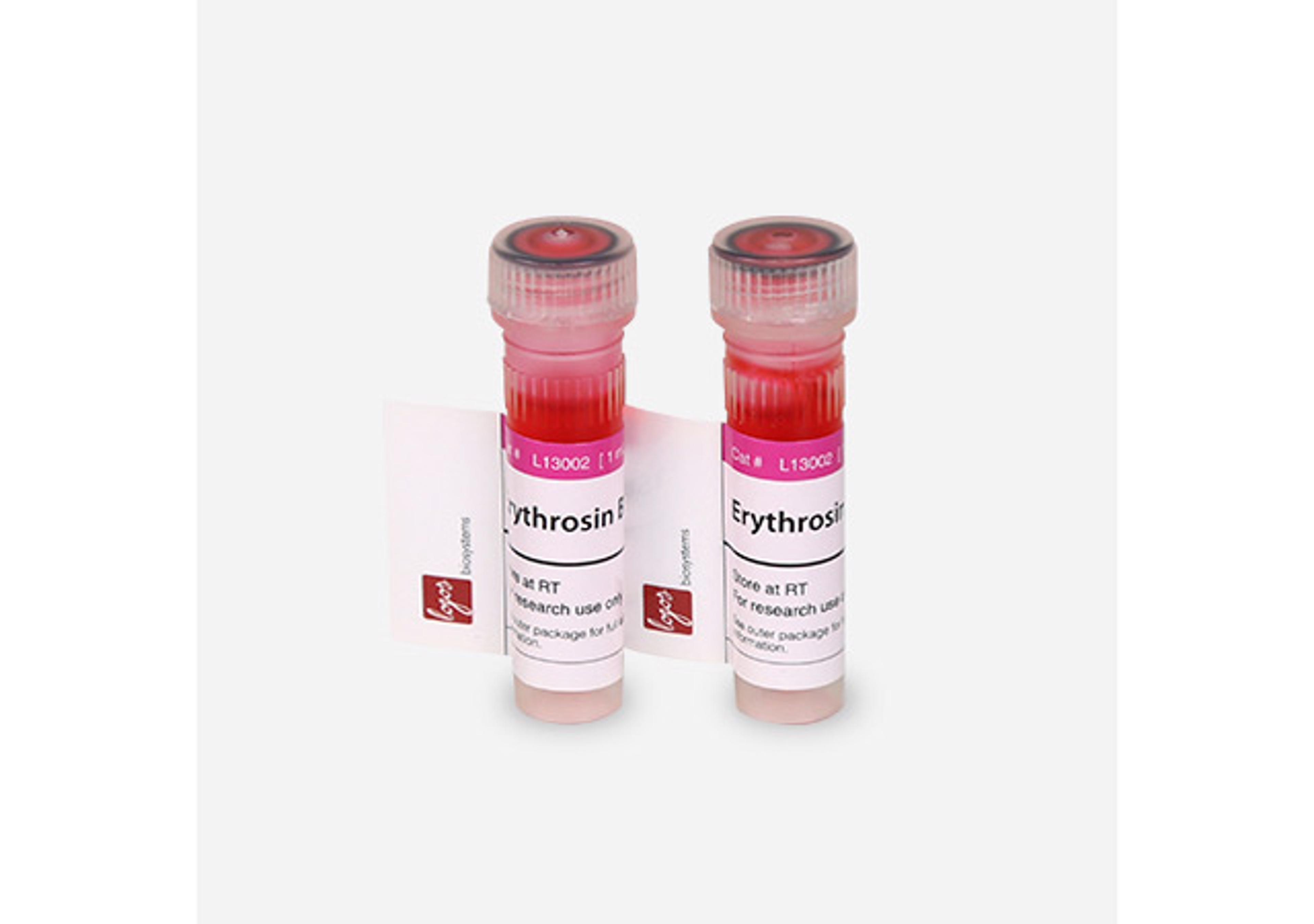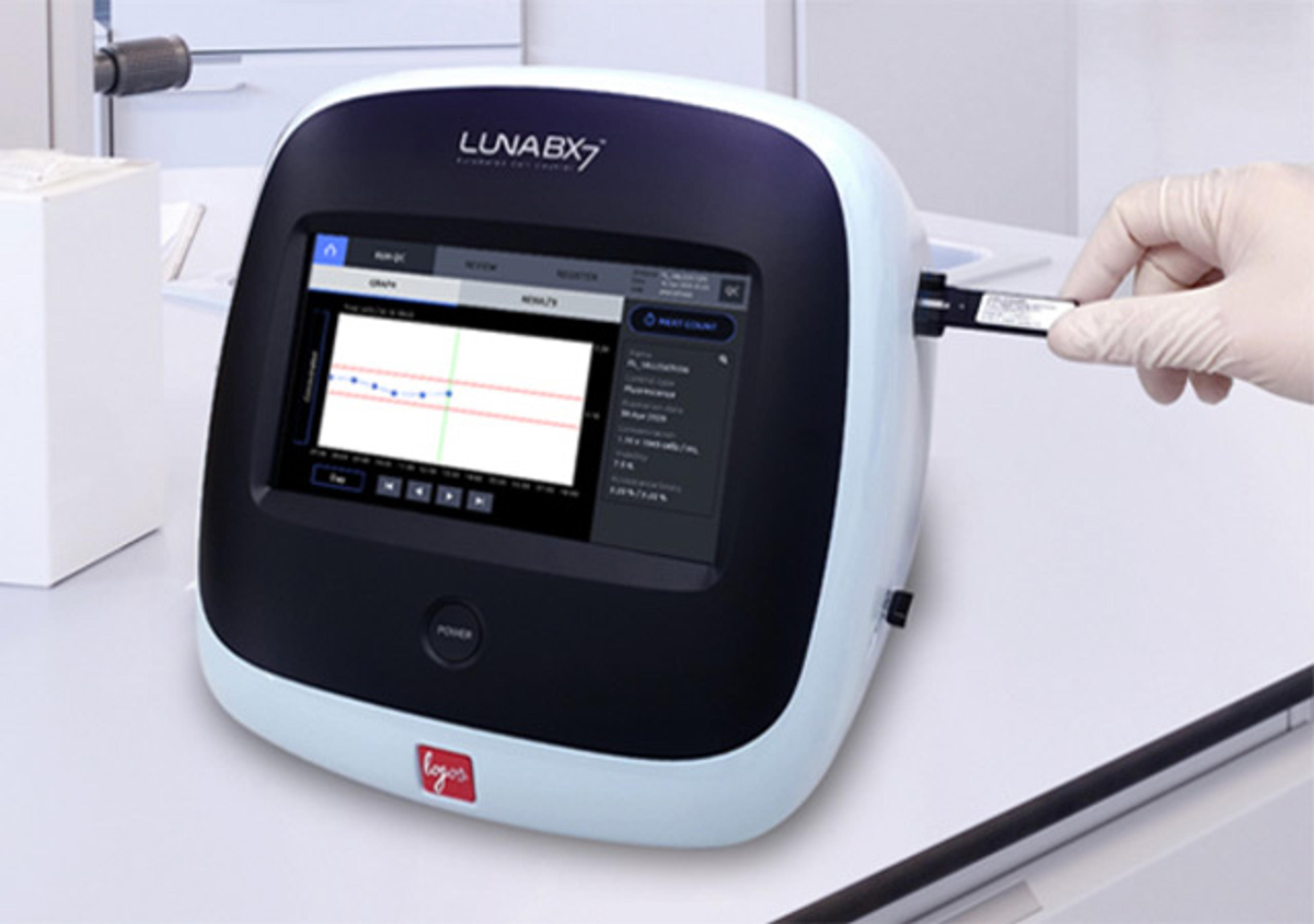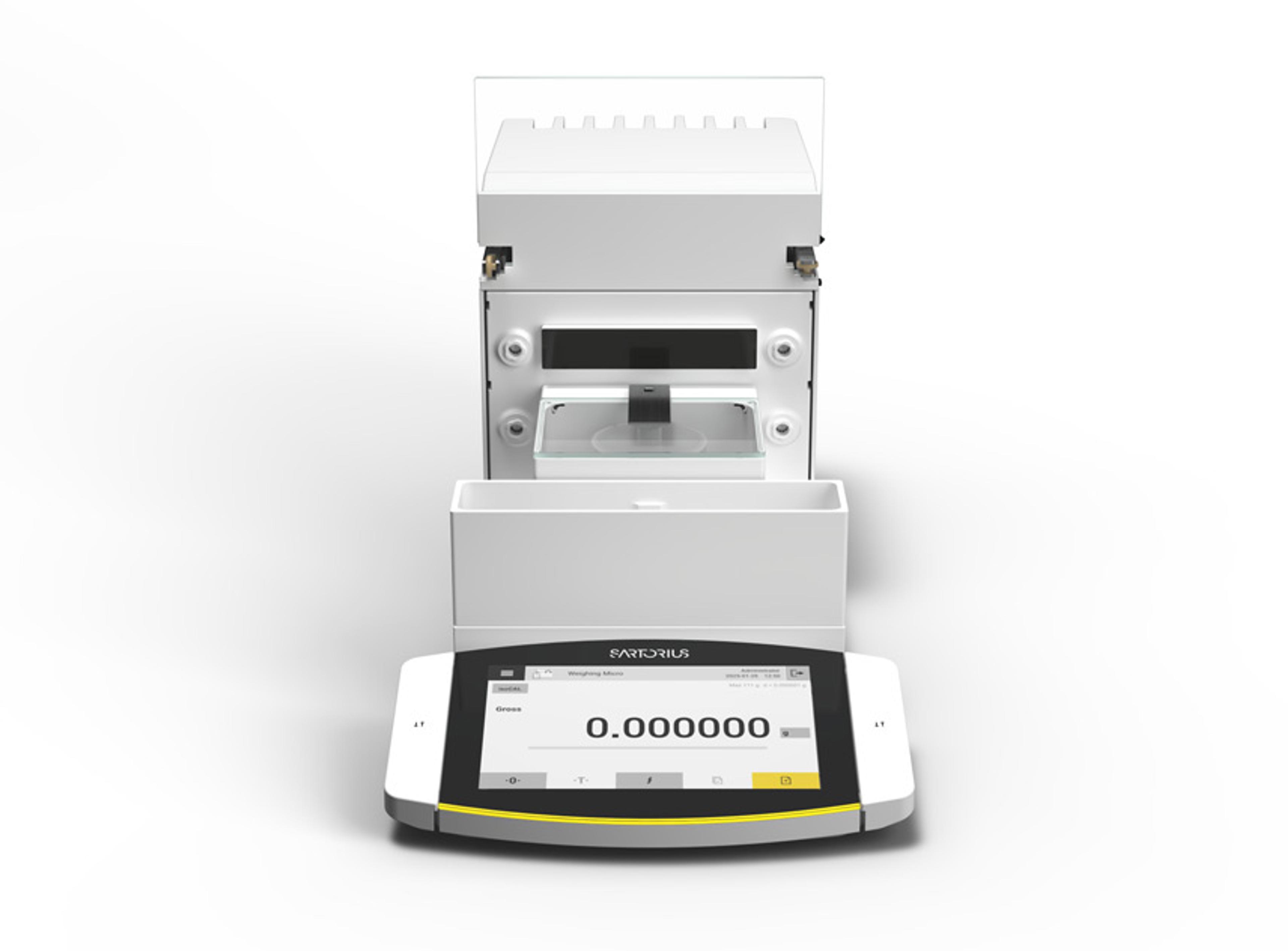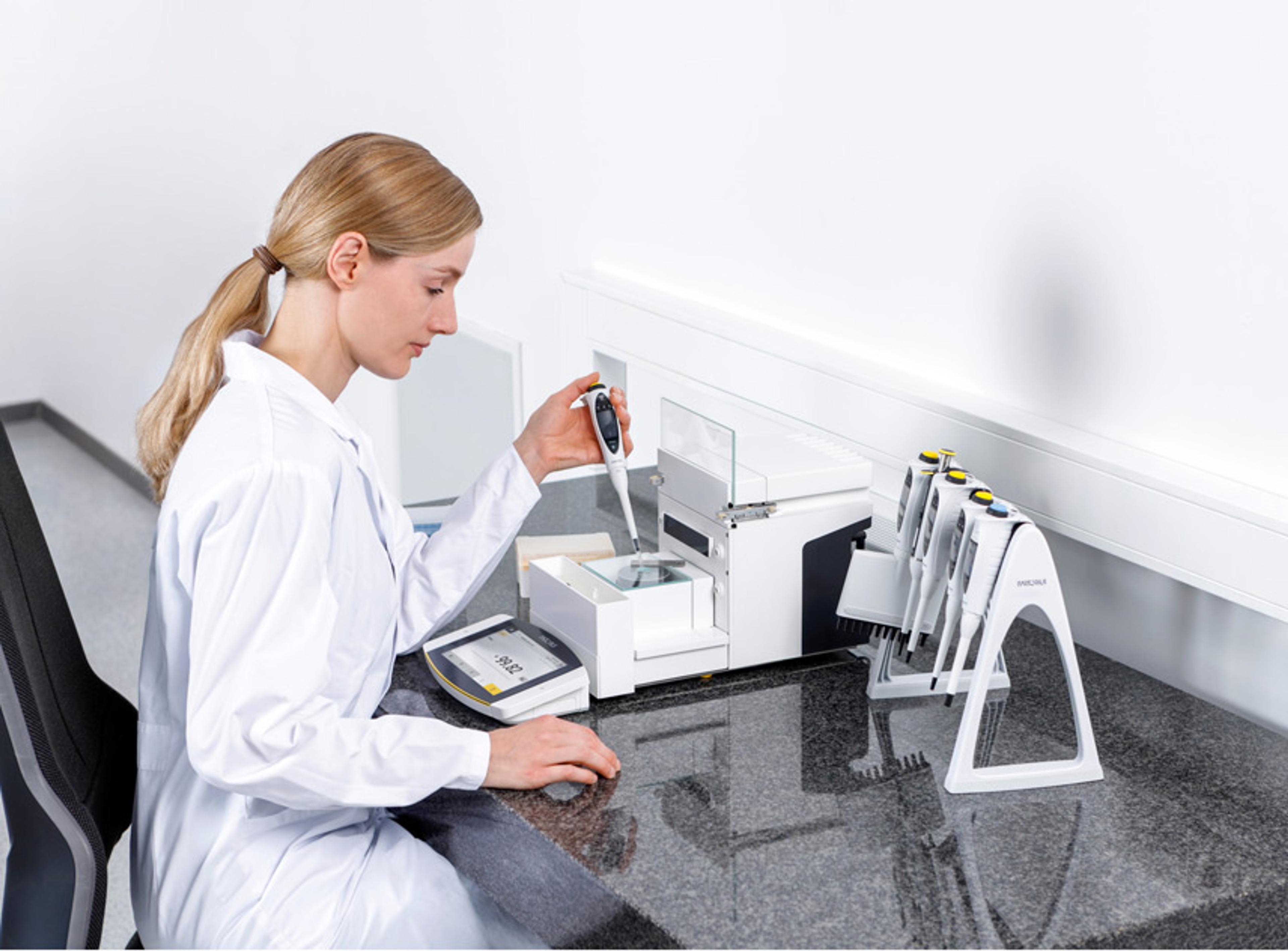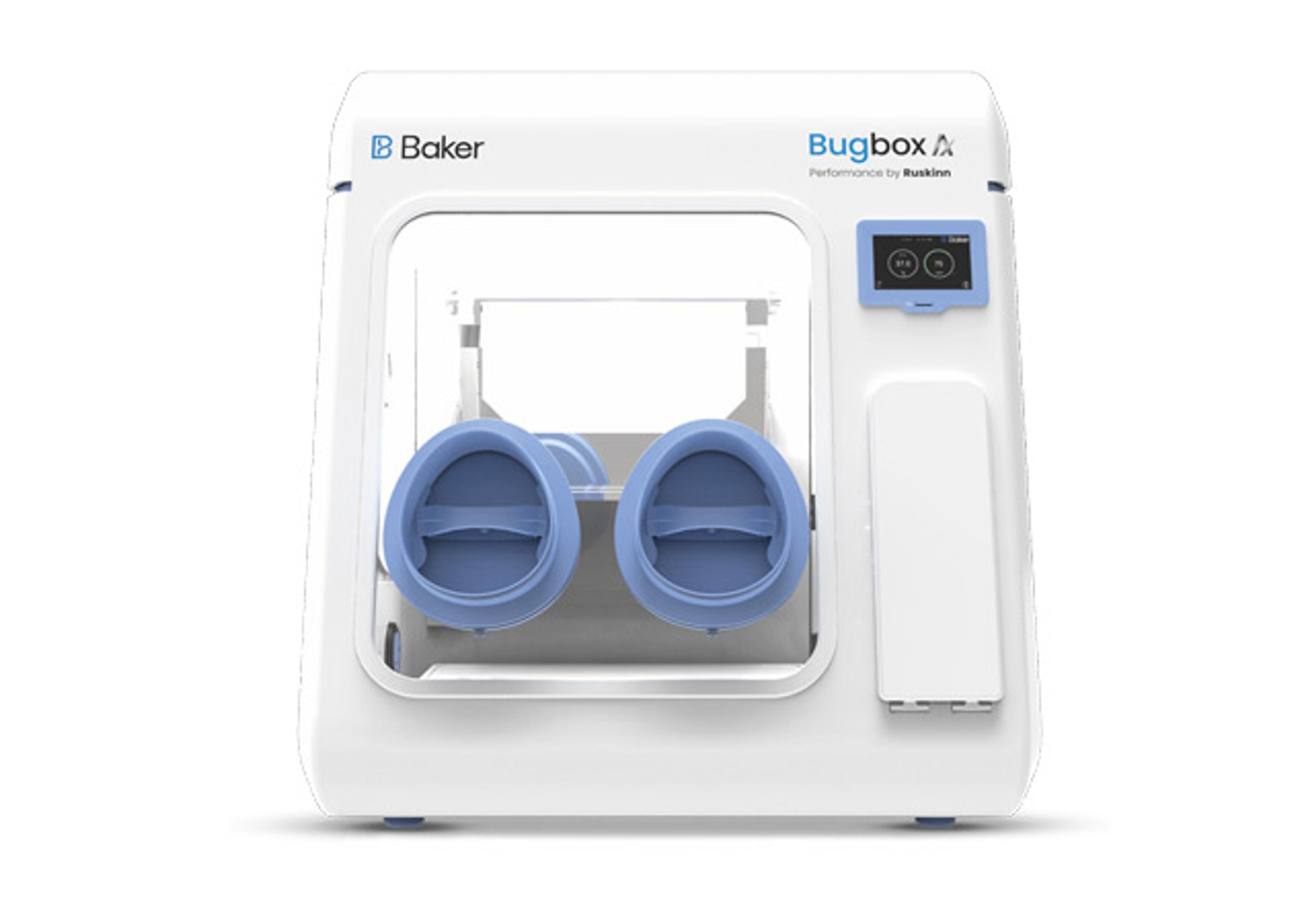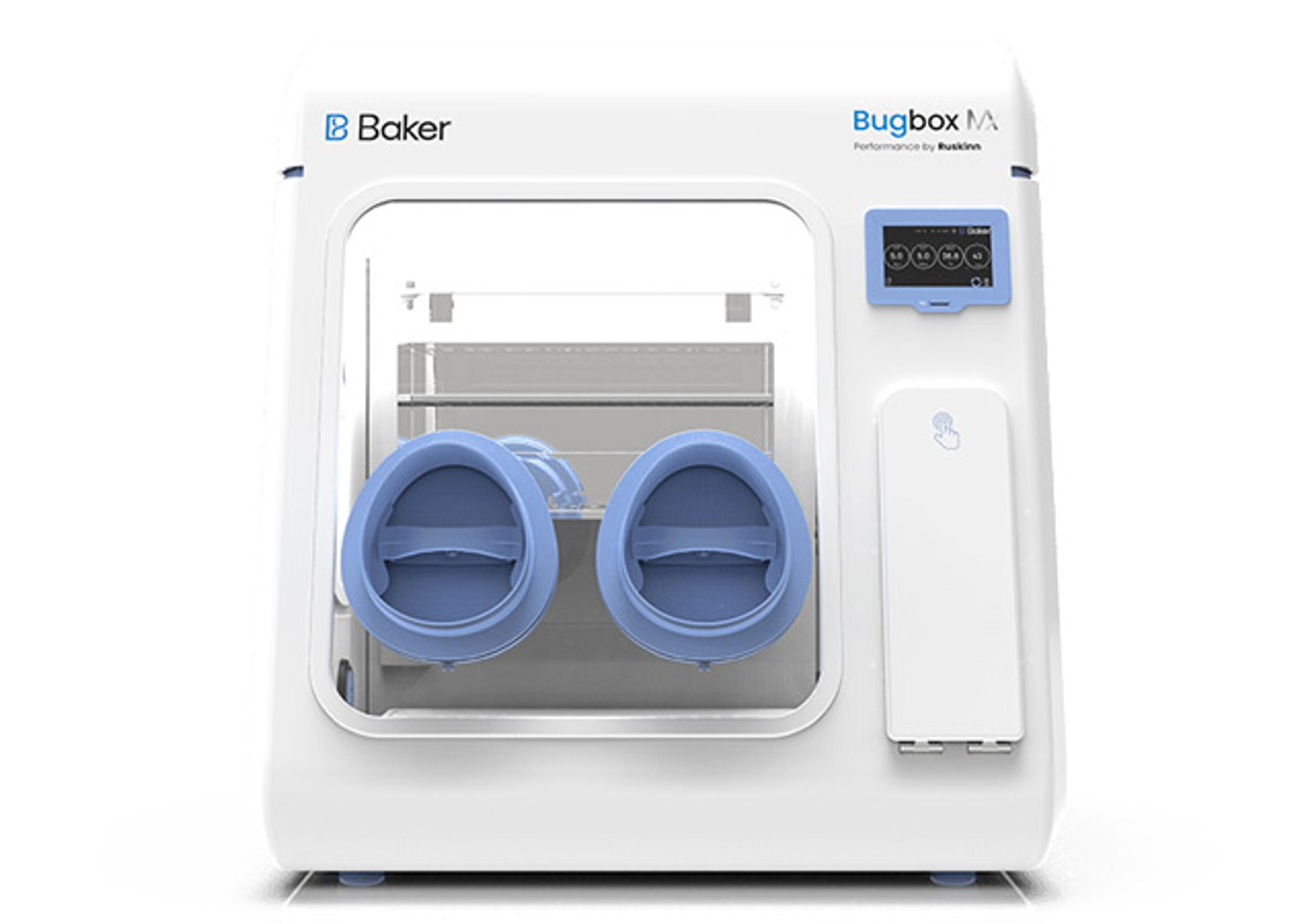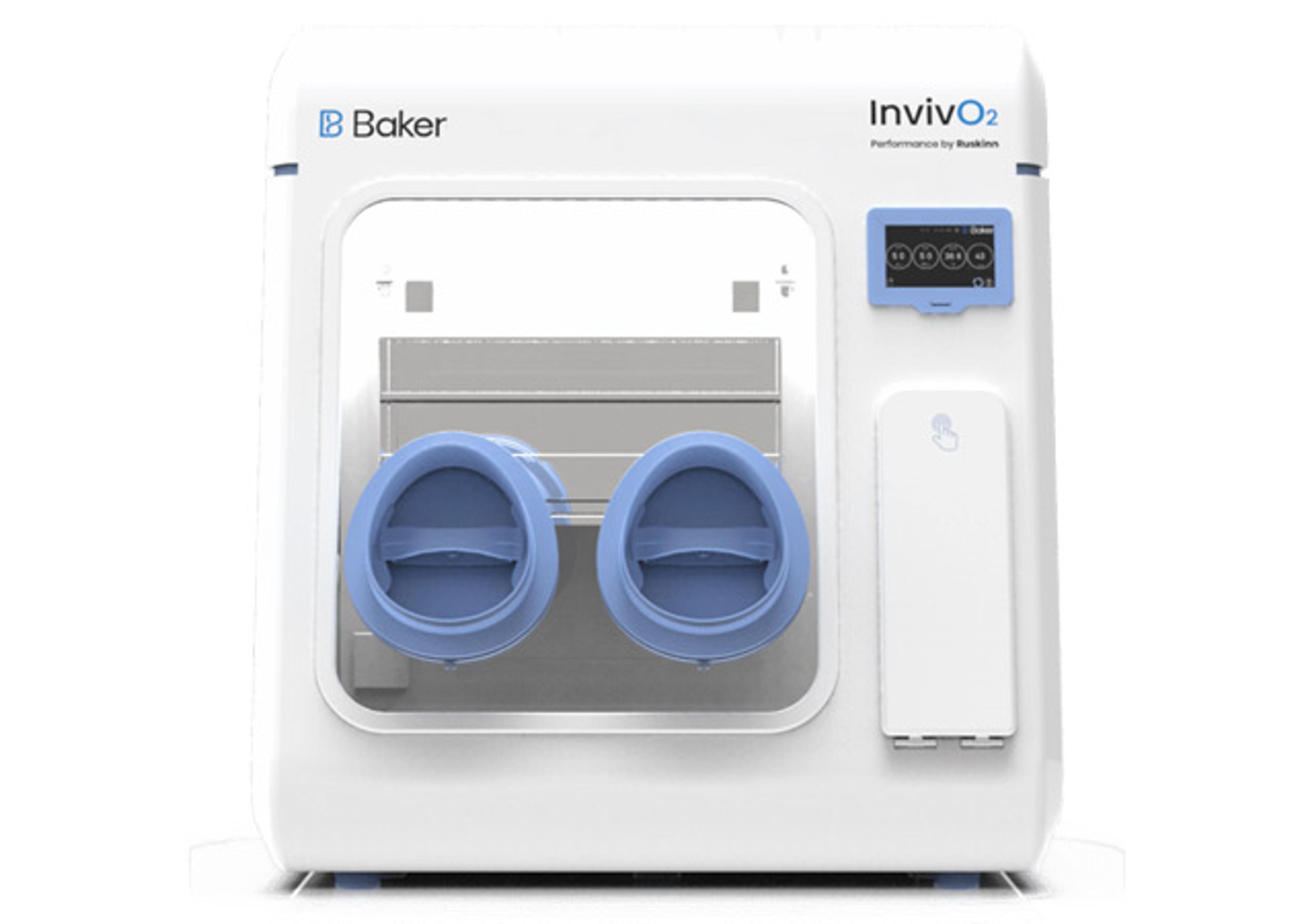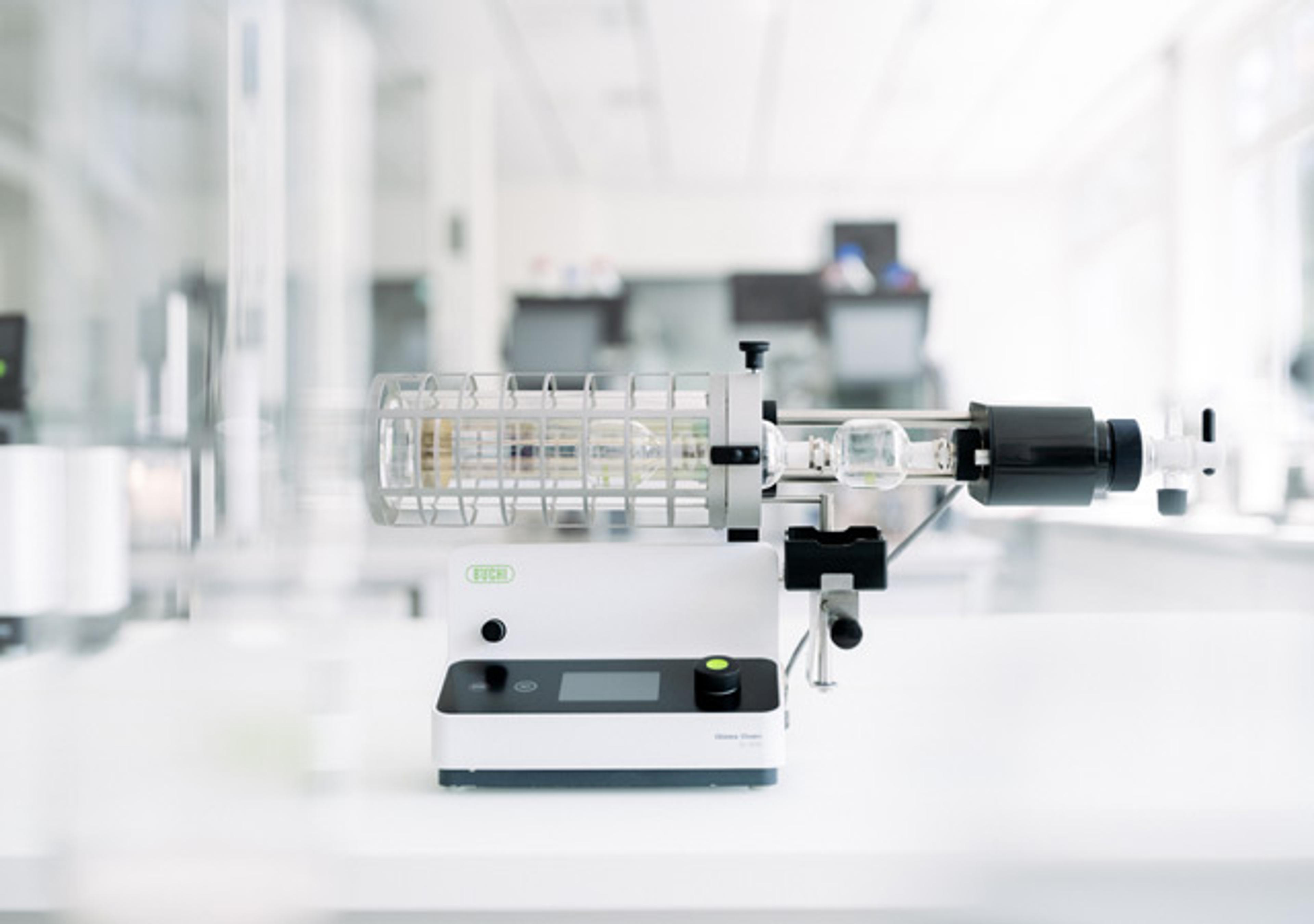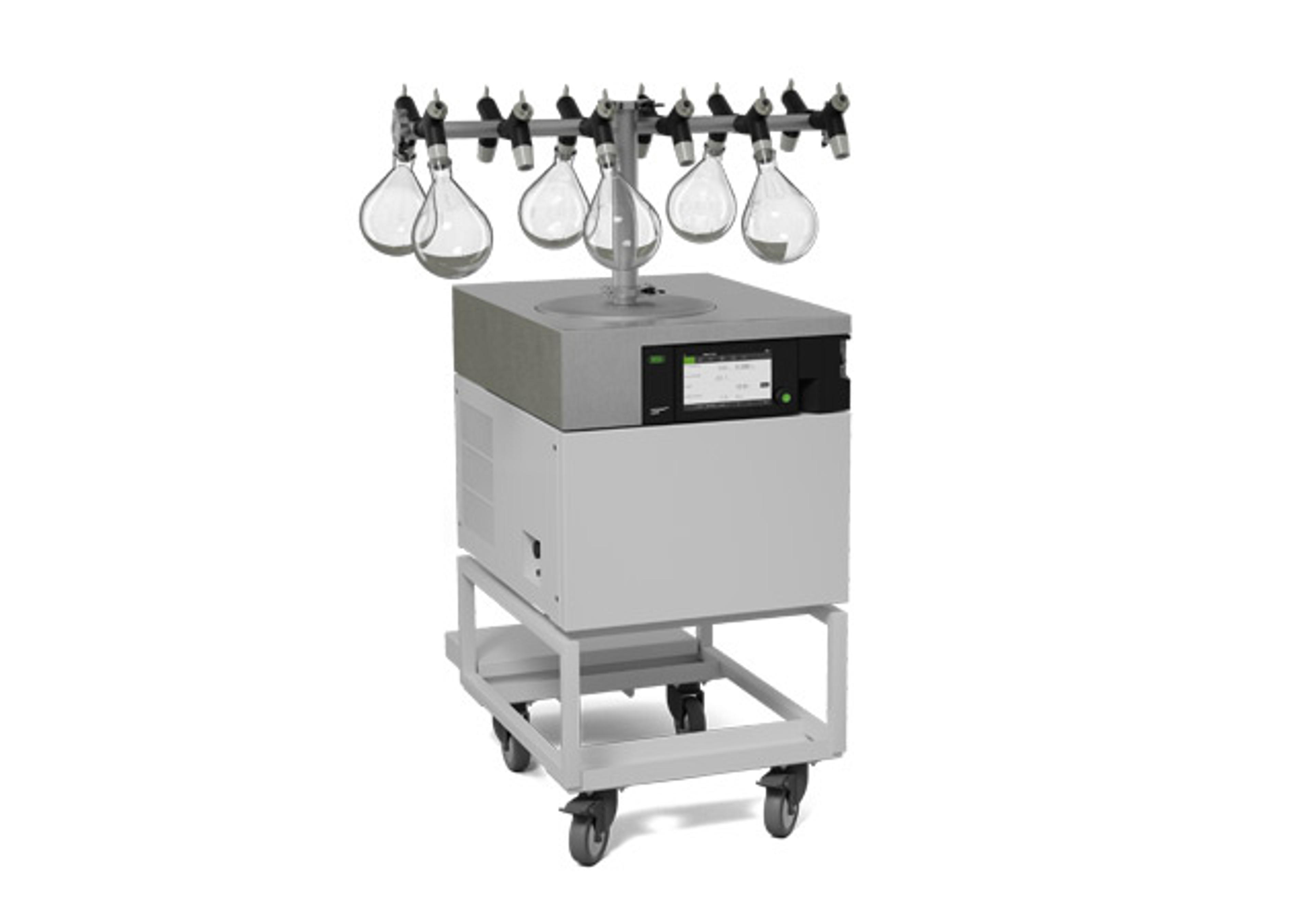Rotavirus Ag
Rotavirus Ag Rapid Test (RAP-5409 and RAP-5410) chromatographic immunoassay is a procedure for qualitative in vitro detection of Rotavirus antigens in faecal matter. Rotaviruses are the main cause of acute gastroenteritis. Gastroenteritis from enteric viruses can be mortal in risk populations such as children, the elderly or immunosuppressed individuals. With an incubation period of 1-3 days, infection is via the fecal-oral ro…

The supplier does not provide quotations for this product through SelectScience. You can search for similar products in our Product Directory.
Rotavirus Ag Rapid Test (RAP-5409 and RAP-5410) chromatographic immunoassay is a procedure for qualitative in vitro detection of Rotavirus antigens in faecal matter. Rotaviruses are the main cause of acute gastroenteritis. Gastroenteritis from enteric viruses can be mortal in risk populations such as children, the elderly or immunosuppressed individuals. With an incubation period of 1-3 days, infection is via the fecal-oral route. Characteristic symptoms are vomiting, watery diarrhea at 3-8 days, fever and abdominal pain. Immunization following the initial infection is incomplete, although later infections tend to be less severe than the first.Rotavirus Ag Rapid Test (RAP-5409 and RAP-5410) use monoclonal antibodies against the VP6 antigen of Group A rotaviruses, conjugated to red latex particles and monoclonal antibodies specific against rotavirus in the membrane. In these tests, the sample is first treated with a sample diluent to extract the rotavirus antigens from the faecal matter. Following extraction, the only step necessary is putting the extract in the reaction device. When the sample flows through the test membrane, the colored particles migrate. In the case of a positive result, the specific antibodies present in the membrane capture the colored particles. Lines of different colors will be visible, depending on the viruscontent in the sample. These lines are used to interpret the result, at five minutes room-temperature incubation.

